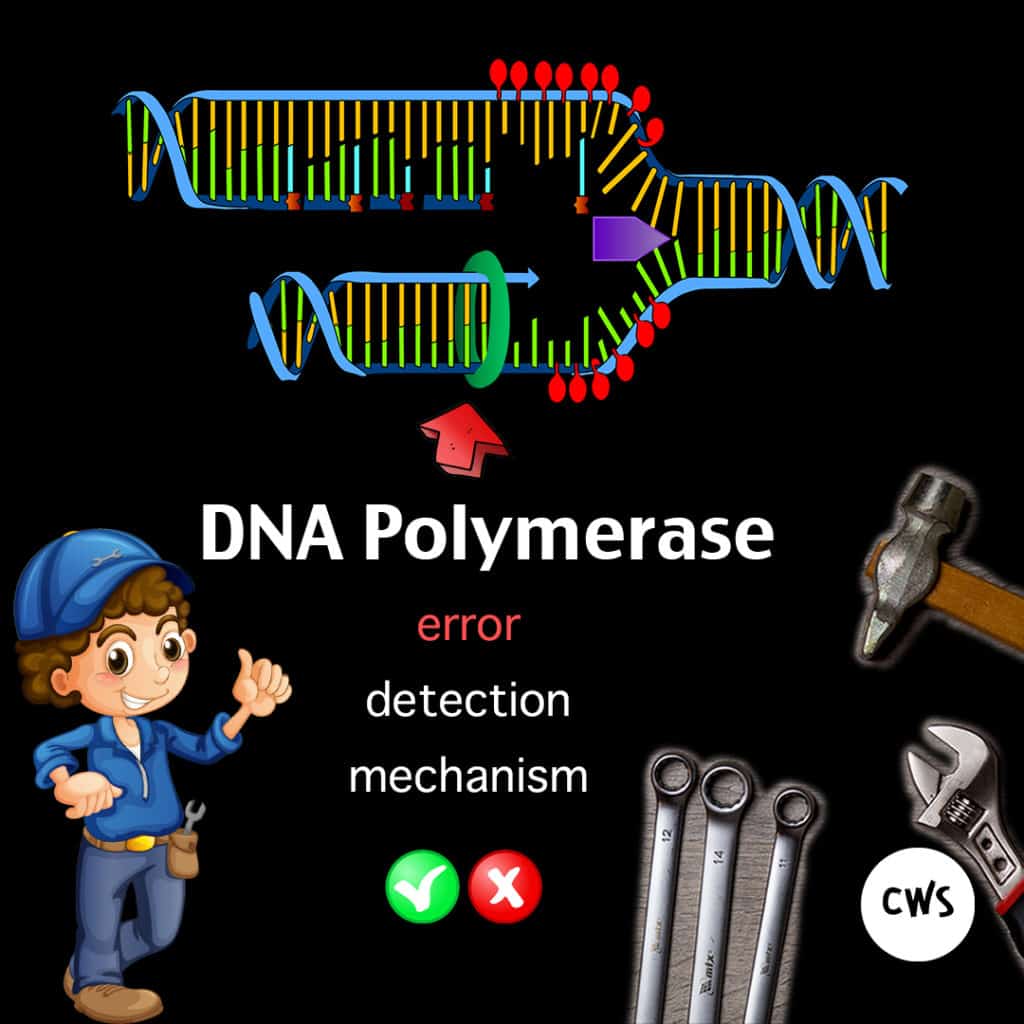
Enzymes
Joseph Miller | Feb. 27, 2020
One critical class of proteins is enzymes, which are catalysts. Enzymes increase the rate chemical reactions occur without being consumed or permanently altered. This means enzymes can facilitate the same reactions repeatedly. Almost all metabolic processes in cells depend on enzyme catalysis in order for reactions to occur at rates fast enough to sustain life.
.
Enzymes are like specialty tools. Some break large molecules down for energy; other enzymes break molecules down so other cells can use the smaller parts in cell construction. These enzymes are designed with a very specific size and shape. Like many good tools, they do only one job and do it very well.
.
In the digestive system, enzymes break down large food molecules into smaller molecules so that the body can use them as fuel. For example, starch molecules are too large to be absorbed in the intestines, but enzymes hydrolyze (break) starch into smaller molecules and eventually into glucose, which can be absorbed by the body while in the intestines.
.
Every cell in the body contains DNA, which is the molecule in the nucleus that contains all the genetic programs a cell needs to function. Every time a cell divides, DNA must be copied. Enzymes help unwind the DNA coils and copy the information. Some of these enzymes have proof-reading mechanisms. For example, DNA polymerase catalyzes a reaction in a first step then checks the product of that reaction in a second step. Scientists believe this reduces average error rates to less than 1 error in 100 million reactions!
.
But enzymes can only work in certain conditions. In the human body, enzymes work best around 98.6 degrees Fahrenheit–the ideal body temperature. At lower temperatures, they can function, but too slowly to support life.
.
Enzymes are picky in other ways too. They can only function within a specific acidic/alkaline (pH) range, depending on their location. In the intestines, for example, enzymes work best at 7.5 pH, slightly alkaline. However, in the stomach, they work best at pH 2, which is very acidic. If the temperature is too high, or the environment becomes too acidic/alkaline, the enzyme changes shape (denatures) and may eventually dissolve–not a good scenario!
.
You have probably struggled a time or two using a tool that didn’t have the right shape or bend. Thankfully, our bodies come fully equipped with a perfect set of tools to do all the different jobs necessary to keep us alive and well. Each enzyme is also suited to work exactly where it’s most needed thanks to the amazing DNA code that builds and runs our bodies!
.
Anyone learning about these amazing biological tools should be thankful to the master Designer!
.
.
.
Sources:
Newman, Tim. “Enzymes: How they work and what they do.” Medical News Today. https://www.medicalnewstoday.com/articles/319704
Lightner, Jean. “Special Tools of Life.” Answers in Genesis. 12 May, 2014. https://answersingenesis.org/genetics/mutations/special-tools-of-life/
Abramson, Joanne (instructor). “Induced Fit Enzyme Model: Definition & Theory.” Study.com. accessed 27. Feb. 2020.
https://study.com/academy/lesson/induced-fit-enzyme-model-definition-theory-quiz.html
“Enzyme.” Wikipedia, the free encyclopedia. https://en.wikipedia.org/wiki/Enzyme
Image Attribution: GraphicsRF. “Mechanic with many tools.” Vecteezy.com. https://www.vecteezy.com/vector-art/418537-mechanic-with-many-tools